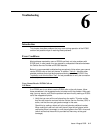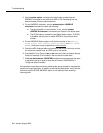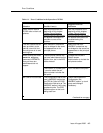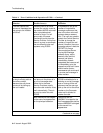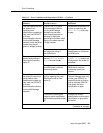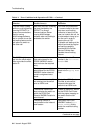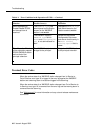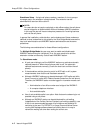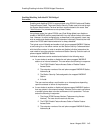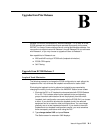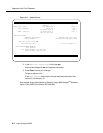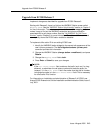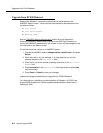
Issue 4 August 2002 A-1
Avaya EC500 - Other Configurations
EC500 provides the ability to operate a cellular or other remote phone as a
standard, caller ID enabled telephone connected directly to the DEFINITY or
Avaya Communications Server running MultiVantage software. Depending on
your in-house telephone system and your specific business needs, there may be
different setups available for EC500 users. Setups include:
Standard EC500 (Dual) Setup Administered to Send office caller ID - This is
the most common setup, with two extensions bridged to the office phone for call
waiting. The first call appearance (incoming/outgoing line) covers outgoing EC500
calls while the second call appearance is used to send the office caller ID
capability.
Dual Setup not Administered to Send office caller ID - This setup provides two
call appearances (incoming/outgoing lines) for the cell phone and allows the user
to use Call Waiting. Therefore, two extensions/lines are bridged to the primary
desk phone.
Single Setup - This setup provides one line/one EC500 extension (for those
users who do not have Call Waiting as part of their cellular service plan). The
System Administrator can administer the extension to gain the identity of the office
phone.
Multiple Setup - Some users may need to bridge their office number to multiple
locations -- such as their cell phone and home office number. In a multiple setup,
the XMOBILE station associated with each location can be administered to gain
the identity of the office phone and send the office caller ID for calls into the
principal extension’s switch. In this example, five extensions are established, and
all are reachable via the primary office number.
— one primary office number extension,
— two EC500 lines to the cell phone (the second line can be answered
via your Cellular Service Provider’s “call waiting” feature),
— two EC500 lines for the home office or other phone (the second line
can be answered via your Service Provider’s “call waiting” feature).



